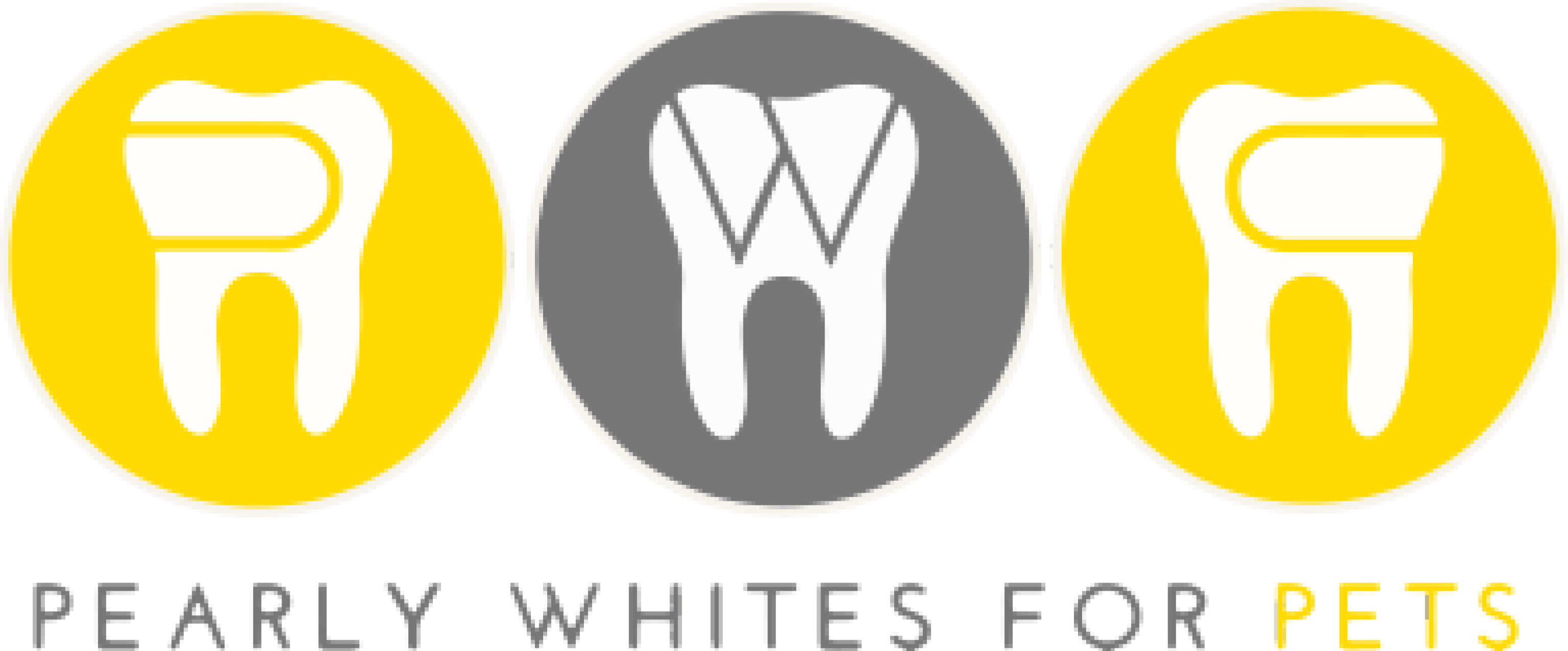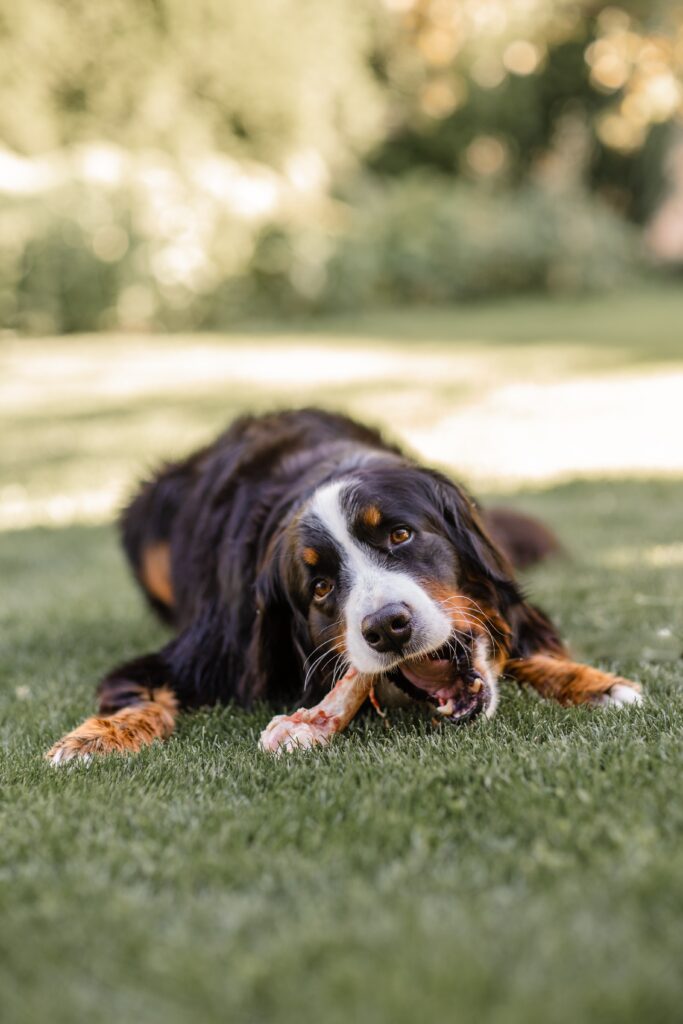From the moment they come into the world, dogs are predisposed to chew. As they grow from puppies into adults, they delight in putting everything into their mouths – shoes, bags, or even coffee table legs!
While as an owner, the habit of chewing may bother you, there are reasons why dogs exhibit this behaviour. Noted veterinarian and advocate Dr. Karen Becker explains the reasons:
-
- Dogs explore their world with their mouths. They pick up objects to see how they feel and taste.
-
- Chewing alleviates boredom and stress, helps clean teeth and exercises their jaw muscles.
-
- Dogs learn how to spend time alone and be less stressed or anxious.
“This will come as absolutely no surprise to all of you out there with a canine family member: dogs are professional chewers!,” Dr. Becker says. “In fact, chewing is one of their favourite pastimes. Even dogs with few or no teeth will give it a go.”
So now we understand why chewing is important, what to allow your puppy or dog to chew is critical. Because canines are hard-wired to chew, the smartest step to take is to supply plenty of items to chew that are safe and good for him or her. Doing so prevents damage to your shoes, offering appropriate items to chew instead.
But here’s where it gets tricky. Take a visit to any pet food store, and you’ll be inundated by the sheer volume of various items for chewing on the market. It can be overwhelming and confusing to know what’s best for your pet. Before you make your way to the checkout, what kind of a chewer is your pet? The determination of this is key.
Scarfers — If your dog tends to scarf down everything, size matters. Anything offered could be swallowed whole, causing a choking hazard or remain whole in their stomach. The solution is to offer a bone that’s larger than your pet’s jaw.
Aggressive chewers – These are dogs whose goal is to consume the bone in its entirety. This zealous approach can often result in fractured teeth. Offer large, raw knuckle bones which are softer and gentler on teeth. Commercially made 100% edible bones are another option. As with all bones offered to dogs, monitor your pet closely. Once a bone becomes too small it poses a choking hazard, so remove it immediately.
Soft chewers – As dogs age, has sensitive teeth or extensive dental work, that often means your pet is a soft chewer. So, it’s a good idea to go with even softer material, such as commercially available 100% edible “bones” made with human-grade ingredients that are much more pliable than actual skeletal bones from mammals.
Now you know what kind of a chewer your dog is, it’s time to look at what’s best for your pet. We’ll explore the various choices available today and the pros and cons for each – with the help of Dr. Becker and Rodney Habib of Planet Paws. We’ll start with the healthiest choices and work down to the worst:
Raw Recreational Bones – If you’re home with your dog and able to closely supervise your pet, raw recreational bones are the safest and best choice for chewing. From an evolutionary perspective, raw bones have been part of your animal’s ancestral eating habits for centuries. Bone marrow is part of your pet’s nutritional requirements. They love to chew them for the taste, mental stimulation, and to exercise for the jaw muscles.
Fully edible chews — Some of the newer chews on the market don’t contain any animal parts at all. The healthiest options are made with milk, cheese, human-grade tapioca or potatoes (or compressed vegetables). These are an excellent choice for pets who’ve had dental work, have tender mouths, or are scarfers, designed to be consumed in their entirety. Himalayan chews, made from sundried yak milk is one of the more unique chews available and a good option for dogs who can’t eat certain types of protein. There are also several other edible bones that are vegetable-based and appropriate for animals with sensitive stomachs.
Synthetic chews — Synthetic chews are made of nylon or flavoured plastic and they’re easy to find in most big box stores. Feeding synthetic materials to your dog isn’t the healthiest option. With so many natural chews and bones available, there’s really no reason to go with a synthetic product.
Tendon chews — Long and slender in design, many dogs love these chews but like rawhides, tendon chews can become very soft and pliable as your dog gnaws on them. They pose a significant choking risk for some dogs.
Pizzles can also present a risk for choking, even if your dog is a gentle chewer. It’s recommended that you purchase long pizzles and when your pet has taken care of the majority of it, you can discard it.
Pig ears – These are a popular choice, but be aware of the downside. As with any mass-produced food animal, pigs ears are a common location for hormone implants and can be detrimental to your pet’s health in the long run. Organic pigs ears are a good alternative.
Rawhide chews — These are the oldest chews available. A more accurate name would be processed-hide because the skin isn’t raw at all. Not only are they high in calories, but they’re often found on lists of pet poisons and have other problems as well. These are not recommended for your beloved pet.
To learn more about how rawhide chews are manufactured, (sure to make you think twice about buying them in the future), watch this video by Planet Paw’s Rodney Habib. http://bitly.ws/xZ7V

